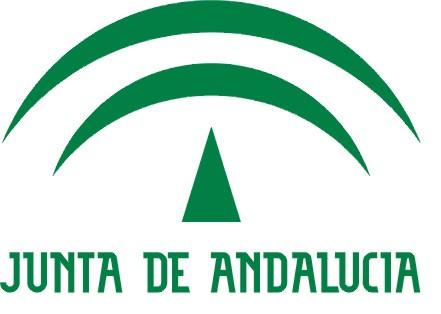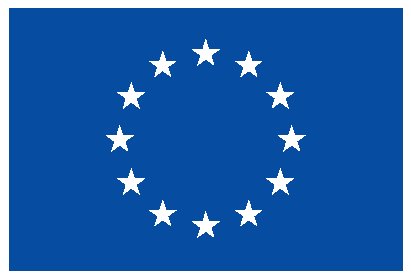Deep Ordinal Classification in Forest Areas Using Light Detection and Ranging Point Clouds
Hits: 42
- Áreas de investigación:
- Año:
- 2024
- Tipo de publicación:
- Artículo
- Palabras clave:
- LiDAR point cloud, Deep Learning, ordinal classification, soft labeling
- Autores:
-
- Morales-Martín, Alejandro
- Mesas-Carrascosa, Francisco-Javier
- Gutiérrez, Pedro Antonio
- Pérez-Porras, Fernando-Juan
- Vargas, Víctor Manuel
- Hervás-Martínez, César
- Journal:
- Sensors
- Volumen:
- 24
- Número:
- 7
- Páginas:
- 1-18
- ISSN:
- 1424-8220
- Nota:
- JCR(2022): 3.9, Position: 19/63 (Q1) Category: INSTRUMENTS & INSTRUMENTATION
- Abstract:
- first_page settings Order Article Reprints Open AccessArticle Deep Ordinal Classification in Forest Areas Using Light Detection and Ranging Point Clouds by Alejandro Morales-Martín 1,* [ORCID] , Francisco-Javier Mesas-Carrascosa 2 [ORCID] , Pedro Antonio Gutiérrez 1 [ORCID] , Fernando-Juan Pérez-Porras 2 [ORCID] , Víctor Manuel Vargas 1 [ORCID] and César Hervás-Martínez 1 [ORCID] 1 Department of Computer Science and Numerical Analysis, University of Córdoba, Campus de Rabanales, 14071 Córdoba, Spain 2 Department of Graphic Engineering and Geomatics, University of Córdoba, Campus de Rabanales, 14071 Córdoba, Spain * Author to whom correspondence should be addressed. Sensors 2024, 24(7), 2168; https://doi.org/10.3390/s24072168 Submission received: 21 February 2024 / Revised: 20 March 2024 / Accepted: 26 March 2024 / Published: 28 March 2024 (This article belongs to the Special Issue Remote Sensing for Spatial Information Extraction and Process) Download keyboard_arrow_down Browse Figures Review Reports Versions Notes Abstract Recent advances in Deep Learning and aerial Light Detection And Ranging (LiDAR) have offered the possibility of refining the classification and segmentation of 3D point clouds to contribute to the monitoring of complex environments. In this context, the present study focuses on developing an ordinal classification model in forest areas where LiDAR point clouds can be classified into four distinct ordinal classes: ground, low vegetation, medium vegetation, and high vegetation. To do so, an effective soft labeling technique based on a novel proposed generalized exponential function (CE-GE) is applied to the PointNet network architecture. Statistical analyses based on Kolmogorov–Smirnov and Student’s t-test reveal that the CE-GE method achieves the best results for all the evaluation metrics compared to other methodologies. Regarding the confusion matrices of the best alternative conceived and the standard categorical cross-entropy method, the smoothed ordinal classification obtains a more consistent classification compared to the nominal approach. Thus, the proposed methodology significantly improves the point-by-point classification of PointNet, reducing the errors in distinguishing between the middle classes (low vegetation and medium vegetation).
- Comentarios:
- JCR(2022): 3.9, Position: 19/63 (Q1) Category: INSTRUMENTS & INSTRUMENTATION







